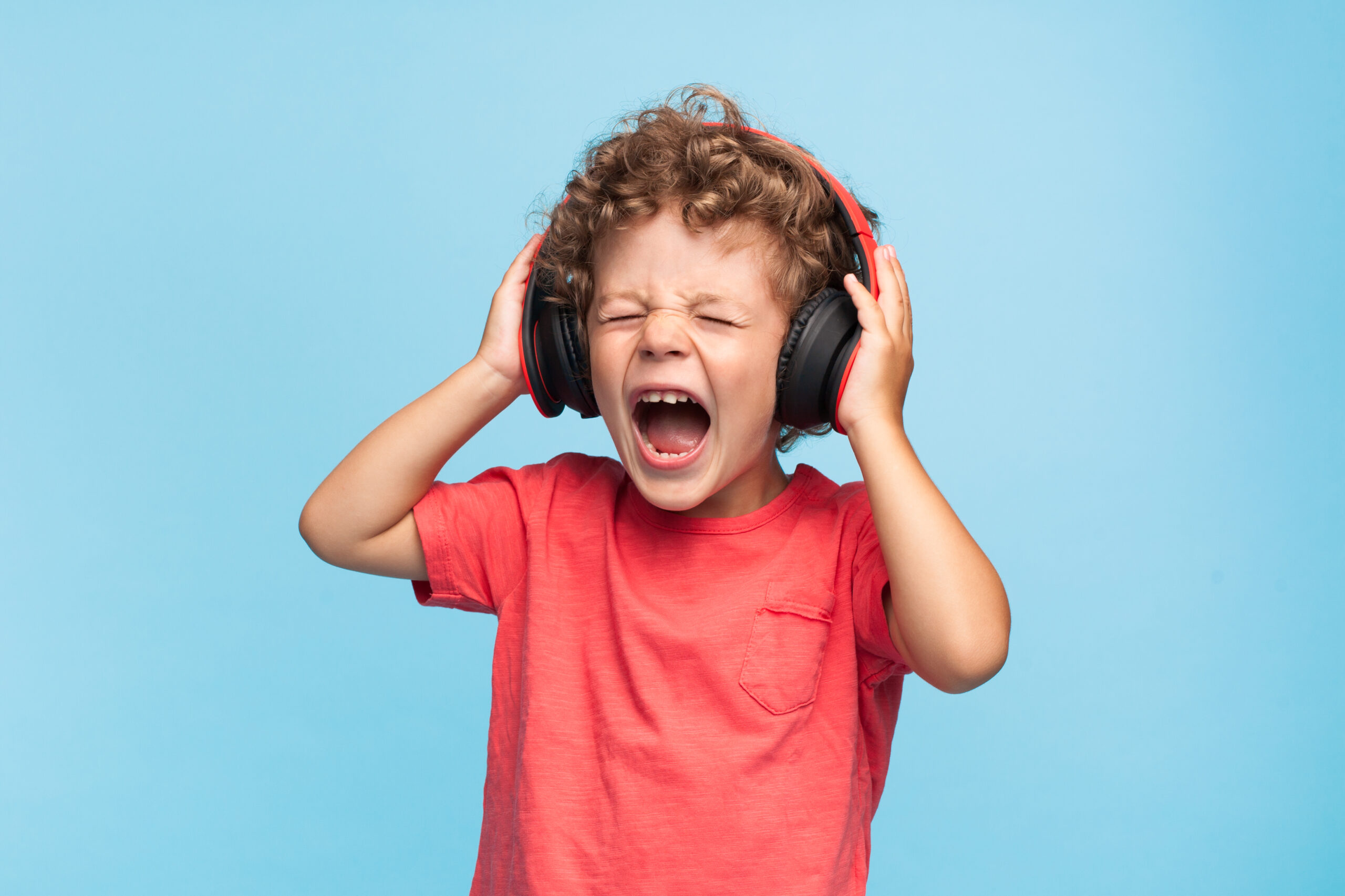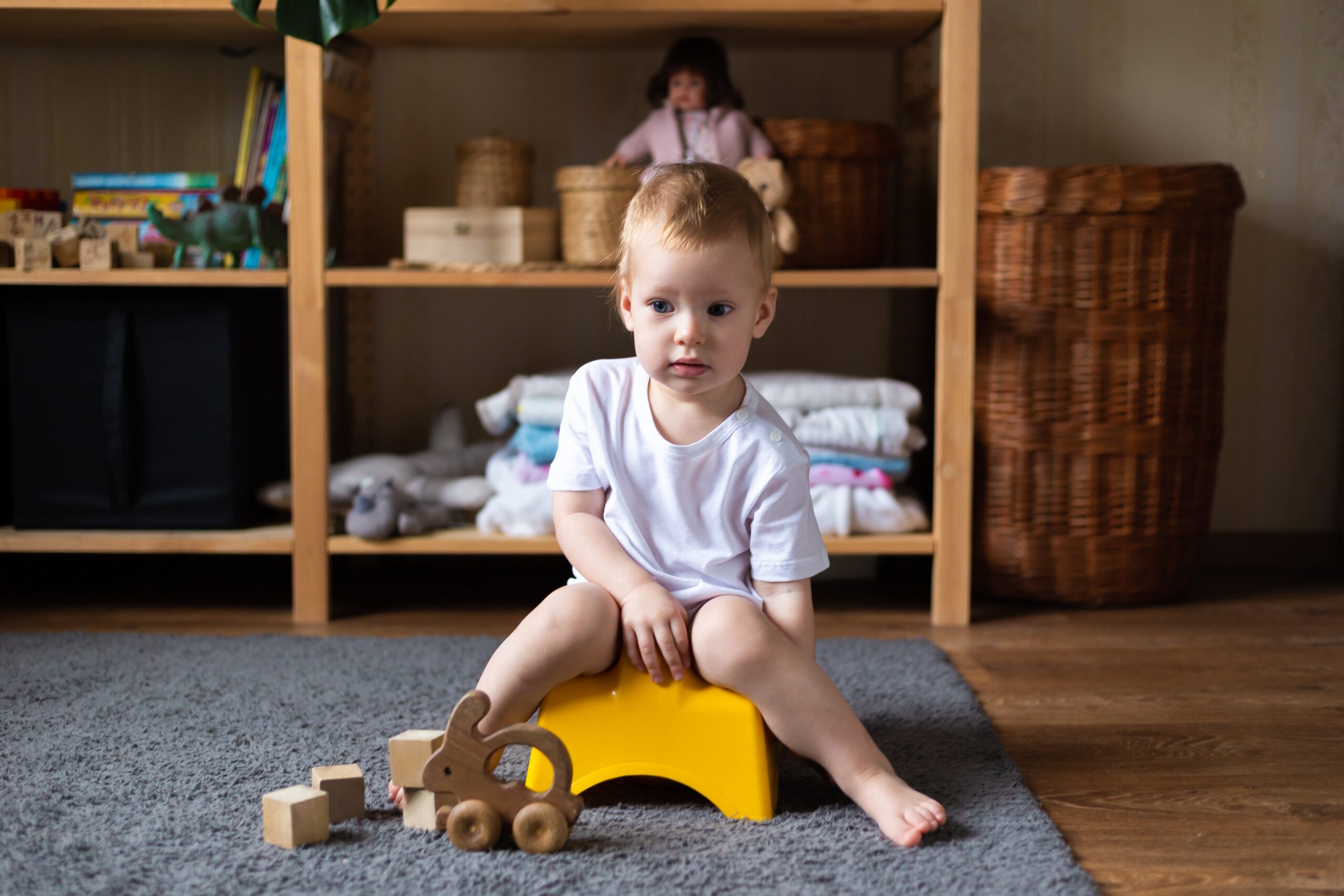Children with Autism Spectrum Disorder (ASD) often experience sensory sensitivities, including sensitivity to sounds. This sensitivity, known as auditory hypersensitivity, can affect their perception and response to various sounds in their environment. Managing a child with ASD’s sensitivity to sounds can be challenging, but there are several strategies that can help. In this article, we will discuss sensitivity to sounds in children with Autism, what it is, how it looks, and strategies for managing this behavior.
Children with Autism Spectrum Disorder (ASD) often experience sensory sensitivities, including sensitivity to sounds. This sensitivity, known as auditory hypersensitivity, can affect their perception and response to various sounds in their environment. Managing a child with ASD’s sensitivity to sounds can be challenging, but there are several strategies that can help. In this article, we will discuss sensitivity to sounds in children with Autism, what it is, how it looks, and strategies for managing this behavior.
Sensitivity to Sounds in Children with Autism
Children with ASD may manifest sensitivity to various sounds, such as vacuum cleaners, sirens, loud conversations, repetitive sounds, or background noise in crowded places. When exposed to aversive sounds, they may exhibit physiological and behavioral responses such as covering their ears, crying, screaming, or attempting to escape from the source of the sound. Some children may also engage in repetitive behaviors or self-stimulatory actions as a way to cope with sensory overload.
What is Sensitivity to Sounds?
Sensitivity to sounds, or auditory hypersensitivity, refers to an extreme sensitivity or heightened response to sounds. Children with ASD may have difficulty filtering or processing sounds, leading to an overwhelming sensory experience. This hypersensitivity can disrupt their daily functioning and cause significant distress.
Manipulate the Environment
One effective strategy is to manipulate the child’s environment. Establish a structured routine with consistent schedules and transitions to provide a sense of predictability. Minimize unexpected or sudden loud noises in the environment. Visual schedules or timers can help the child anticipate and prepare for sound-related activities. If you know there is a scheduled event with unpleasant auditory stimuli, such as a fire drill, consider adding it to the child’s daily schedule and decide whether exposure or removal from the environment is the best approach.
Add Visual Supports
Visual aids such as visual schedules, social stories, or visual cues can help the child understand and prepare for upcoming loud sounds or noisy situations. Creating short social stories specific to situations and sounds can inform the child about what they can do when confronted with aversive sounds. These visual supports also serve as a means of communication and can help reduce anxiety.
Gradual Exposure and Desensitization
Gradually exposing the child to sounds that trigger sensitivity in a controlled and supportive manner can be helpful. Start with low-intensity or distant sounds and gradually increase the exposure over time, allowing the child to become more accustomed to and comfortable with the sounds. It is crucial not to rush through this process and take small steps every day. Observe and monitor your child’s reactions, and be receptive to their distress.
Noise-canceling or Sensory-friendly Environments
Providing the child with a quiet or sensory-friendly space where they can retreat when overwhelmed by sounds is another effective strategy. Some children with ASD find solace in bathrooms in public settings. Be flexible and open to offering your child breaks from auditory stimuli when in crowded places. Noise-canceling headphones can also be used to reduce the impact of loud or sudden noises.
Incorporate Sensory Breaks
Offering regular sensory breaks throughout the day provides the child with opportunities to self-regulate and cope with sensory overload. These breaks can include activities such as deep pressure, swinging, or engaging in calming sensory activities. Regularly using the visual schedule to add those breaks in your child’s daily routine can be beneficial. Teach your child to request breaks when needed, and be prepared to offer a quiet and relaxing environment during these breaks.
Use Positive Reinforcement
Reinforce the child’s efforts to cope with sounds by providing praise, rewards, or preferred activities. Positive reinforcement can help motivate the child to develop their coping skills and reduce anxiety related to sounds. Reinforce functional communication through requests for breaks or indicating when they are done, and immediately provide a quiet and calming place. Additionally, reinforce the behavior of wearing and independently requesting noise-cancelling headphones.
In conclusion, helping a child with sensitivity to sounds requires understanding their specific triggers and sensitivities and tailoring strategies accordingly. Every child with ASD is unique, and what works for one child may not work for another. By observing and acknowledging the child’s positive and socially acceptable behaviors in an overloaded sensory environment, you will encourage and motivate them to use positive ways to self-manage aversive environmental stimuli.
Also read: How to Manage Sensory Behaviors in Children with Autism
About Olga Sirbu
My name is Olga Sirbu, I am a Board Certified Behavior Analyst (BCBA) and Licensed Applied Behavioral Analyst. My goal is to support and empower families and individuals on the autism spectrum.
Autism Advance is dedicated to training parents and caregivers, providing practical tips, and teaching individuals how to educate kids with autism.
I share evidence-based practices to help you better understand and support individuals with autism. Learn practical strategies to help individuals with autism reach their full potential, as well as gain a deeper understanding and acceptance of autism.
Thank you for considering Autism Advance as a resource for your autism journey.








